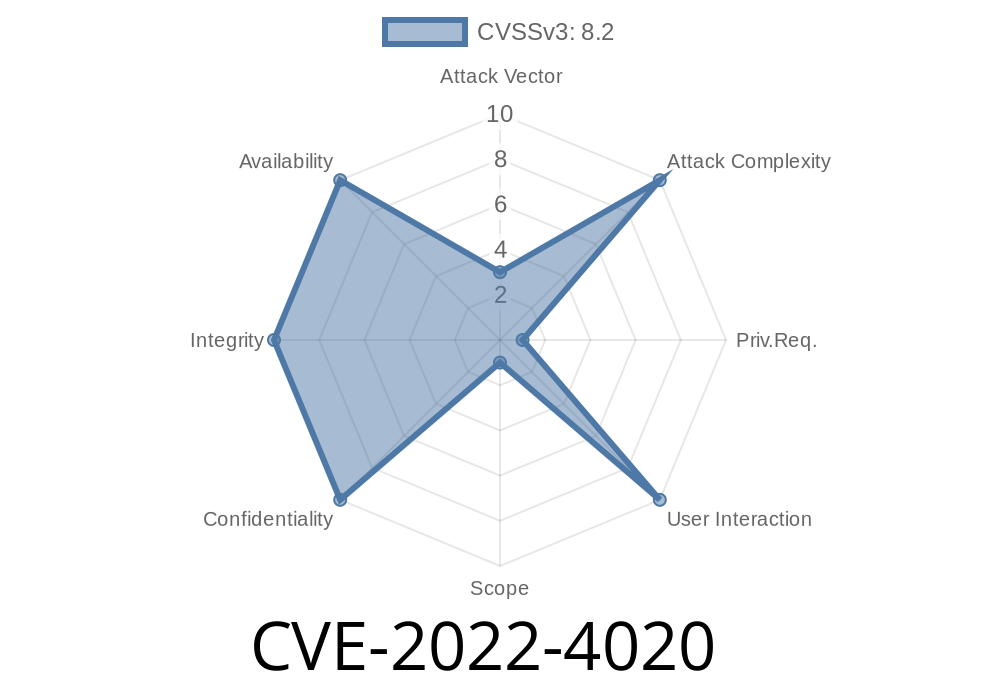Security researchers have discovered a vulnerability (CVE-2022-4020) in the HQSwSmiDxe DXE driver, which affects certain consumer Acer Notebook devices. This vulnerability allows an attacker with elevated privileges to modify UEFI Secure Boot settings by tampering with a vulnerable NVRAM variable. In this in-depth post, we'll examine the vulnerability, its impact, sample exploit code, and steps for mitigating the risk.
Background
UEFI Secure Boot is a security feature in modern PCs that helps protect the boot process by ensuring only trusted and signed executables are allowed to execute during the boot process. Secure Boot relies on digital signatures and can reject malicious software or unauthorized changes.
The vulnerability at hand involves the HQSwSmiDxe DXE driver found on some Acer Notebooks. This driver, responsible for handling various features of the device, exposes an NVRAM variable that can be maliciously modified by an attacker with elevated privileges. By exploiting this vulnerability, an attacker can potentially bypass Secure Boot protections and load unsigned, potentially malicious code onto the system.
Exploit Details
The vulnerability lies in the improper validation of an NVRAM (non-volatile random-access memory) variable, allowing a privileged attacker to modify it. The following code snippet demonstrates how such an attacker could access the vulnerable NVRAM variable and tamper with the UEFI Secure Boot settings:
#include <Uefi.h>
#include <Library/UefiLib.h>
#include <Library/UefiRuntimeServicesTableLib.h>
EFI_STATUS
EFIAPI
UefiMain (
IN EFI_HANDLE ImageHandle,
IN EFI_SYSTEM_TABLE *SystemTable
)
{
EFI_STATUS Status;
UINTN DataSize;
UINT32 SecureBootState;
// GUID for the vulnerable NVRAM variable
EFI_GUID HqSwSmiGuid = { xabcdef01, x2345, x6789, { xa, xb, xc, xd, xe, xf }};
// Read the current state of the vulnerable NVRAM variable
DataSize = sizeof(SecureBootState);
Status = gRT->GetVariable(L"HQSwSmiSecureBoot", &HqSwSmiGuid, NULL, &DataSize, &SecureBootState);
// Check if Secure Boot is enabled or disabled
// Note that this status can be altered by an attacker
if (Status == EFI_SUCCESS)
{
if (SecureBootState & x01)
{
Print(L"Secure Boot is enabled\n");
}
else
{
Print(L"Secure Boot is disabled\n");
}
}
return EFI_SUCCESS;
}
Please note that the above code demonstrates the vulnerability and should only be used for educational purposes.
Mitigation
Acer has been made aware of the vulnerability and is working on providing a patch for affected systems. Until an official patch is released, consider the following steps to help mitigate the risk of exploitation:
Always maintain the latest updates for your device, including operating system and firmware updates.
2. Exercise caution when downloading and installing software, especially from unknown sources. Ensure trusted sources and use 2FA (two-factor authentication) or other protection measures.
Regularly back up your data and keep it secure.
4. Limit the use of administrative accounts on your computer to reduce the risk of attackers gaining elevated privileges.
Original References
- NVD - https://nvd.nist.gov/vuln/detail/CVE-2022-4020
Acer Security Advisory -
- UEFI Secure Boot - https://uefi.org/sites/default/files/resources/UEFI%20Spec%202_8_final_Apr29.pdf
In conclusion, CVE-2022-4020 is a serious vulnerability affecting certain Acer Notebooks running the HQSwSmiDxe DXE driver. Attackers with elevated privileges can exploit this vulnerability to tamper with UEFI Secure Boot settings, potentially undermining the system's security. Users should keep their devices updated and follow recommended security practices to minimize the risk of exploitation.
Timeline
Published on: 11/28/2022 13:15:00 UTC
Last modified on: 12/01/2022 20:23:00 UTC
